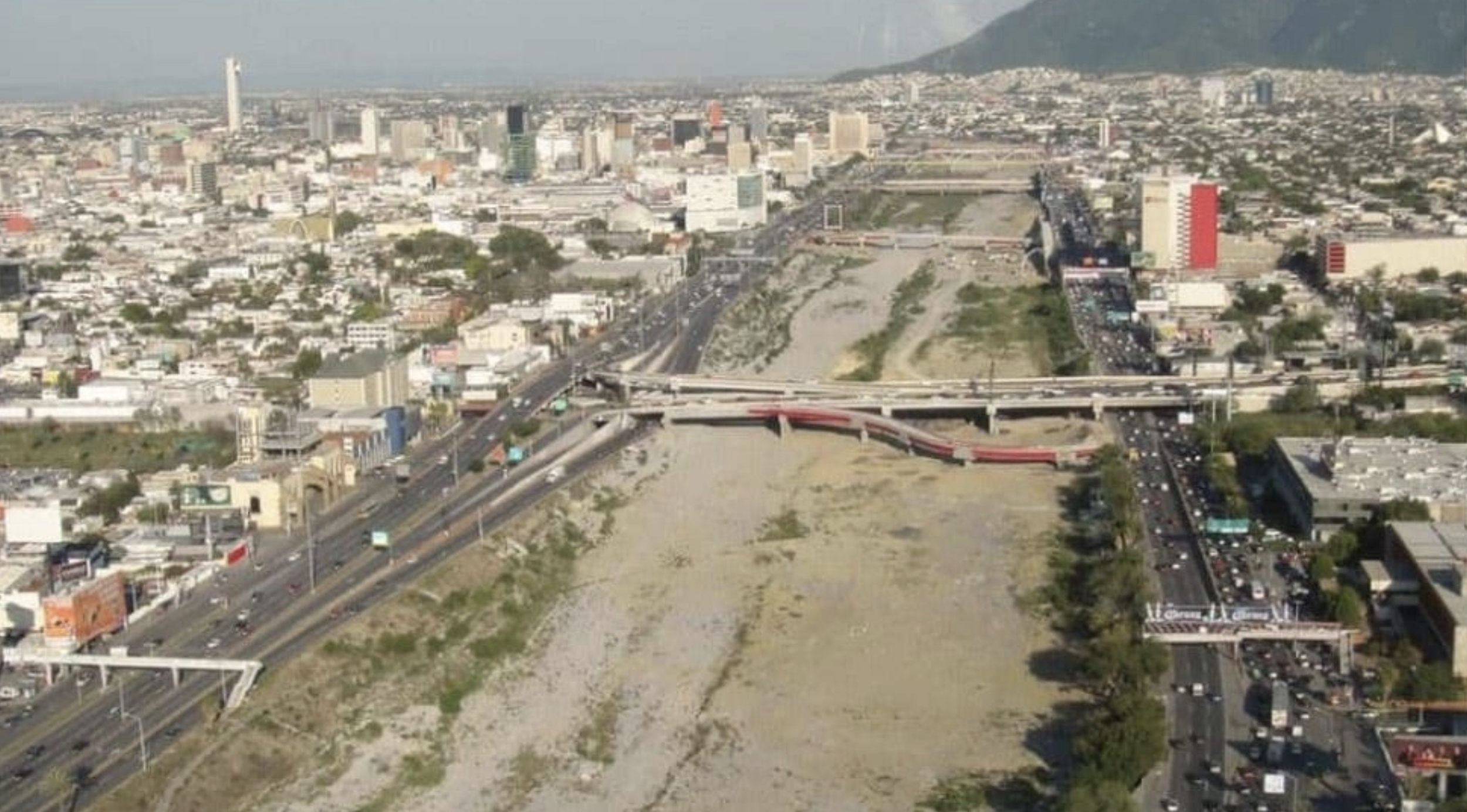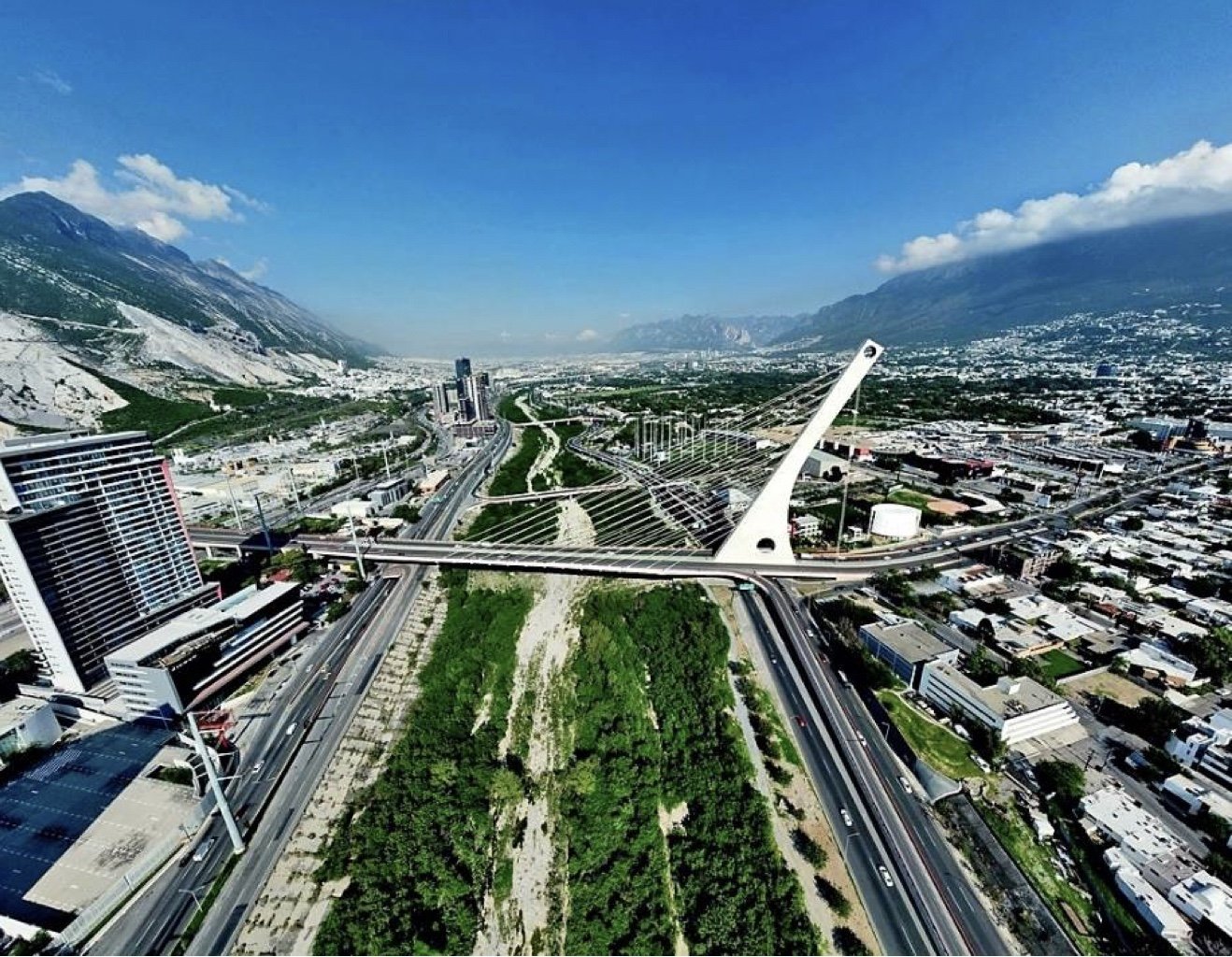"El Siglo Más Largo"
Written by Maximiliano Zablah
This post is part of a series in diverse mediums focusing on the theme “How do we envision equity in global health?”. These submissions are by McGill students who were part of the course, Fundamentals of Global Health, in Fall 2023.
Poem Summary
Magnitude of the Problem
Monterrey is a city located in the north of Mexico in the Santa Catarina River valley surrounded by mountains. Canalization in the 50s and 60s diverted the water into a dam for irrigation, industrial use, and to use the basin for development projects. This, along with climate change led to a worsening flood cycle. In 1988, Huracan Guilberto destroyed the basin in what has been dubbed “la noche más larga” (the longest night). It left the basin lifeless due to drought and debris and impoverished the neighborhoods around it (1). In 2010, Tropical storm Alex impacted mostly low-income neighborhoods left in the wake of 1985. In the process though, Alex rejuvenated the basin by ending a long drought and bringing biomaterials, causing it to sprout trees and have wildlife (1). However, increased foreign influence led to worse air pollution, compounding existing health risks from water scarcity from historic droughts and mismanagement of water resources. Now the government wants to get rid of the newly-formed ecosystem beneficial for pollution control, mental health, and storm resilience, as hurricane Hanna showed in 2020, as its currents were evidently weakened by the trees (2). This action has been met with backlash from activists in Monterrey.
Relevance to Equity
I titled the poem “El siglo más largo” (the longest century) as a reference to “the longest night” and to illustrate how the climate crisis and the governmental alignment with foreign interests is going to cause Monterrey’s people and environment more suffering in the future if we keep the same shortsighted goals. My goal was for the poem to be an example of how LMICs are disproportionately affected by climate change, and how extractivism harms the wellbeing of more vulnerable communities first and harder.
Before and After 2010
References
1. “La importancia ambiental del Río Santa Catarina.” Secretaría de Sustentabilidad. Retrieved from https://sds.uanl.mx/la-importancia-ambiental-del-rio-santa-catarina/.
2. “Es Río Santa Catarina un sistema de defensa natural.” Vida Universitaria - Universidad Autónoma de Nuevo León. Retrieved from https://vidauniversitaria.uanl.mx/expertos/es-rio-santa-catarina-mty-un-sistema-de-defensa natural/.



